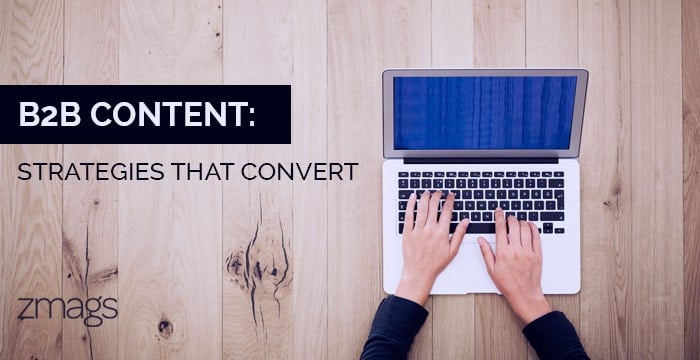Creating B2B Content That Converts


Sharing perspectives on the latest trends and tips to help eCommerce brands stay ahead to engage and drive revenue.
B2B Content Strategy
In retail marketing, B2B and B2C content are fundamentally different, and have different goals. At their most basic functions, B2C content should inspire consumers to purchase, and B2B content should inform businesses on why they should resell your products, and consumers on your brand strengths and where to find your products. But there are many key takeaways that B2B content producers can discover and use from successful B2C campaigns. After all, B2B buyers are still people; B2B doesn’t really mean selling to a business, it means selling to a person at a business, so why not use the same triggers that appeal to their consumer side? When creating B2B content, you should keep in mind these three major goals:- Educate and inform
- Raise brand awareness
- Make it easy to convert
Educate and Inform
Educational content works effectively for B2C brands because it helps shoppers feel well informed and confident about making a purchase; similarly, educational content works for B2B content because it helps buyers feel well informed about your products and brand – an important factor if this is a business who will be reselling your products. As such, after leaving your B2B rich content page, a buyer should know exactly how your company provides value to their target market, and how you can solve their consumer’s problems. This educational content can come in the form of video, or interactive landing pages. Just like with B2C, the more interactive the content, the more time a buyer will spend on the page – and the better the engagement metrics. A great example of educational B2B content is Natural Life’s experience. With a step-by-step guide to merchandising their products, this experience makes it easy for product buyers to feel informed and take the next step.